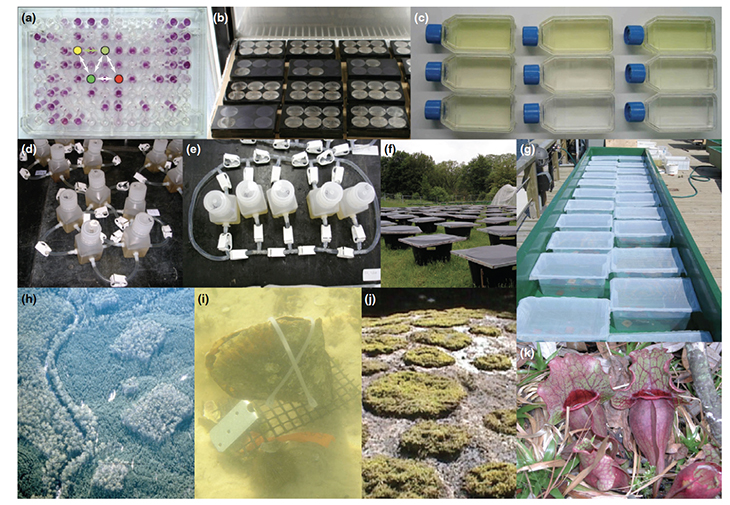EMPIRICAL APPROACHES TO METACOMMUNITIES: A REVIEW AND COMPARISON WITH THEORY.
Logue J.B., Mouquet N., Hannes Peter H., Hillebrand H., and The Metacommunity Working Group*. (2011).
Trends in Ecology and Evolution, 26, 482-491, doi:10.1016/j.tree.2011.04.009
Key message :Metacommunity theory has advanced understanding of how spatial dynamics and local interactions shape community structure and biodiversity. Here, we review empirical approaches to metacommunities, both observational and experimental, pertaining to how well they relate to and test theoretical metacommunity paradigms and how well they capture the realities of natural ecosystems. First, we show that the species-sorting and mass effects paradigms are the most commonly tested and supported paradigms. Second, the dynamics observed can often be ascribed to two or more of the four non-exclusive paradigms. Third, empirical approaches relate only weakly to the concise assumptions and predictions made by the paradigms. Consequently, we suggest major avenues of improvement for empirical metacommunity approaches, including the integration across theoretical approaches and the incorporation of evolutionary and metaecosystem dynamics. We hope for metacommunity ecology to thereby bridge existing gaps between empirical and theoretical work, thus becoming a more powerful framework to understand dynamics across ecosystems.
